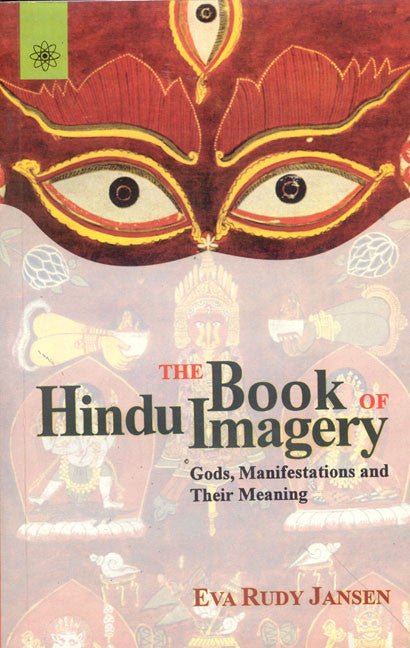What order should I read the Vedas and Upanishads in? Vedas
Vedas are Shruti texts. Sayanacharya in his commentaries on Rigveda, said that मंत्र ब्राह्मणात्मको वेद that means Mantra (मंत्र) and Brahmanatmak (ब्राह्मणात्मक) combined are considered as Veda. Here mantra refers to Smahita and Brahmanatmak refers to Brahmangranth. So, Vedas are composed of Samhita and Brahmangranth. The end part of Brahmangranth is Aaranyak and the end part of Aranyak is Upanishad. (Only one - Isha Upanishad is the last chapter of Shukla Yajurved Samhita)
So, Vedas are sub-classified into Samhita, Brahman, Aaranyak and Upanishad. Upanishads are also known/refereed as Vedanta (as the last parts of Veda). Upanishads are very important text/source in the philosophy of Vedanta and known as Shruti prashthan or Upadesh prashthan for Prasthanatrayi.
There is no particular sequence/order of reading Vedas but Rigveda are the considered oldest and important Veda. You can start reading anyone from four Vedas.
Also there is no strict sequence of reading Upanishads but there is a traditional sequence according to Muktika Upanishad. Eleven Upanishads are considered Mukhya Upanishads as Adi Shankaracharya and other acharyas have written Bhasya (commentaries) on them which are:
- Īśā (ईश), also known as Īśāvāsya (ईशावास्य)
- Kena (केन)
- Kaṭha (कठ)
- Praṣna (प्रश्न)
- Muṇḍaka (मुण्डक)
- Māṇḍūkya (माण्डुक्य)
- Taittirīya (तैत्तिरीय)
- Aitareya (ऐतरेय)
- Chāndogya (छान्दोग्य)
- Brihadaranyaka (बृहदारण्यक)
- Shvetashvatara (श्वेताश्वतर)
First ten are as listed in Muktika Upanishad. Some includes Kaushitaki and Maitri Upanishads in the list of principle Upanishads.
You can start reading the Upanishads in the traditional sequence/order listed above.
Note: First two-three are easy to start and understand and develops your mind and intellect to understand next.
1Answer
Welcome to HMW!
This site is for discussion about Hinduism.
You must have an account here to participate. Its free to use this site.
Suggested for you
Books based on Hinduism
Explore 101 Books You Must ReadClick here to Buy From Indic Brands
"Indic Brands" is a curated marketplace of remarkable brands that value and celebrate our cherished cultural heritage.
Related Posts
We do NOT offer personalized advice based on Astrology.

in addition of reading the vedas and the upanishads, one can read the lives of saints. This is because saints live their lives as per the Vedas and the Upanishads. It is like reading a cricket manual vs watching a cricketer play. Reading a manual can be bewildering for the newbie because of the many nuances in the game. But once one has watched enough cricket and cricketers, then reading the manual is easy and all moves make sense. Similarly reading lives of saints, who are actually living examples of Veda is a very good start, after which the vedas and upanishads make much more sense!